Garden Manager Steve Williams Reveals York Museum’s Historic Gardens
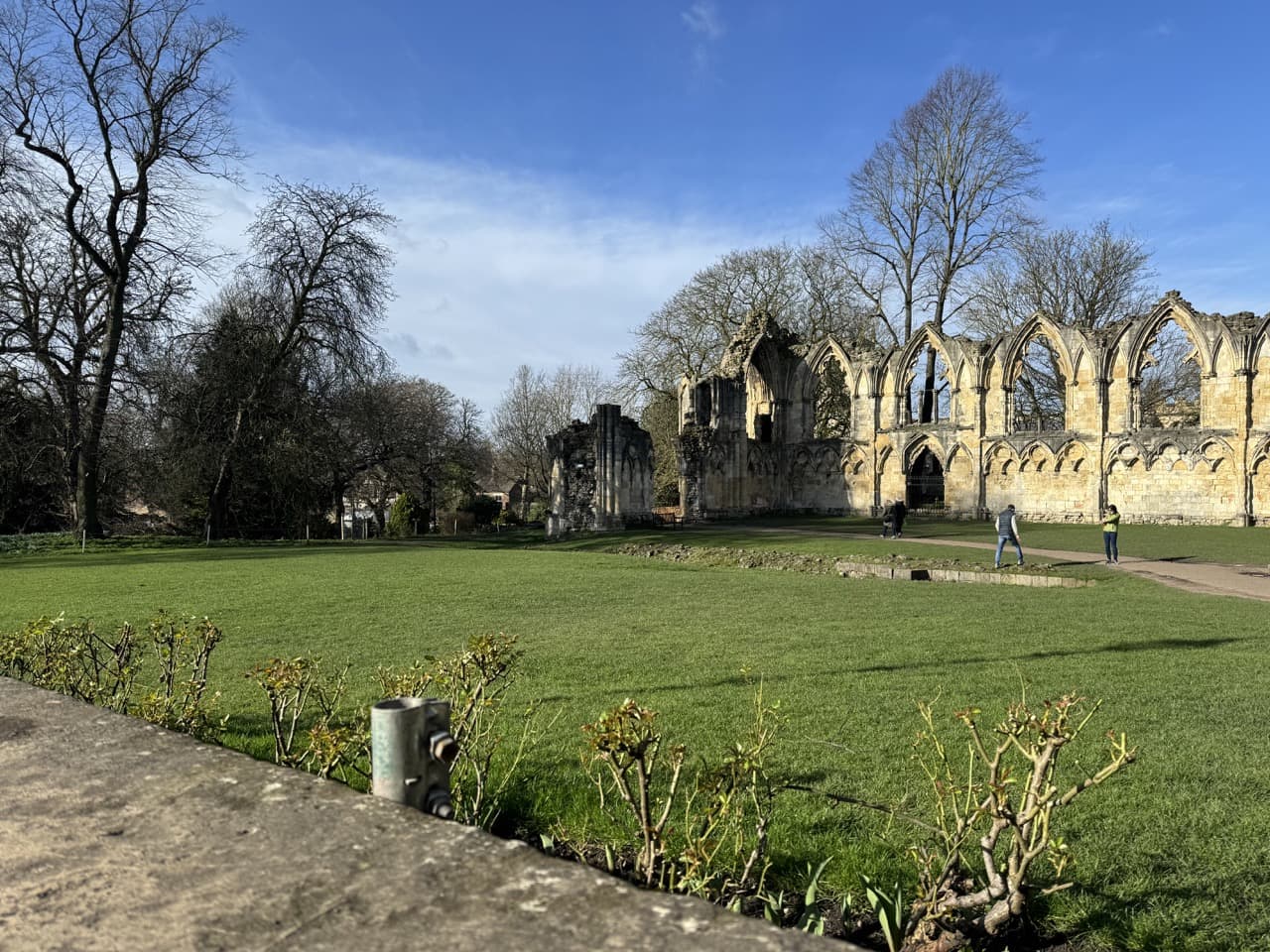
York Museum Gardens is based in the centre of York and is open to the public free of charge year-round.
The gardens are part of the York Museums Trust, a charity whose work is aimed at preserving and sharing the history of York through running and maintaining some of the city’s most valuable museums and galleries.
I headed to the gardens to meet with the Garden Manager Steve Williams, who was kind enough to show me around the historic grounds.
We explored the rich history of these grounds and the work Steve and his team are doing to keep wildlife and nature at the forefront of the work they are doing.
Watch the full tour on our YouTube channel:
- KEY FEATURES: Historic Ruins / Fern Garden / Spring Bulbs
- WHEN TO VISIT: Year Round
- ADMISSION PRICE: Free
- ADDRESS: Museum St, York, YO1 7FR
- WEBSITE: York Museum Gardens
A Garden Full Of History
One of the most unique elements of the York Museum Gardens is the deep history connected to the grounds.
“The museum gardens were created in the late 1830s,” shares Steve, as we stand in the Edible Garden, where the ruins of the Abbey can be seen in the background.
“The Yorkshire Philosophical Society, which still exists today, were lobbying for a portion of land where they could build a museum to store the various items they had collected.
“They were granted this but one of the conditions was that they had to create a botanical garden in this space.
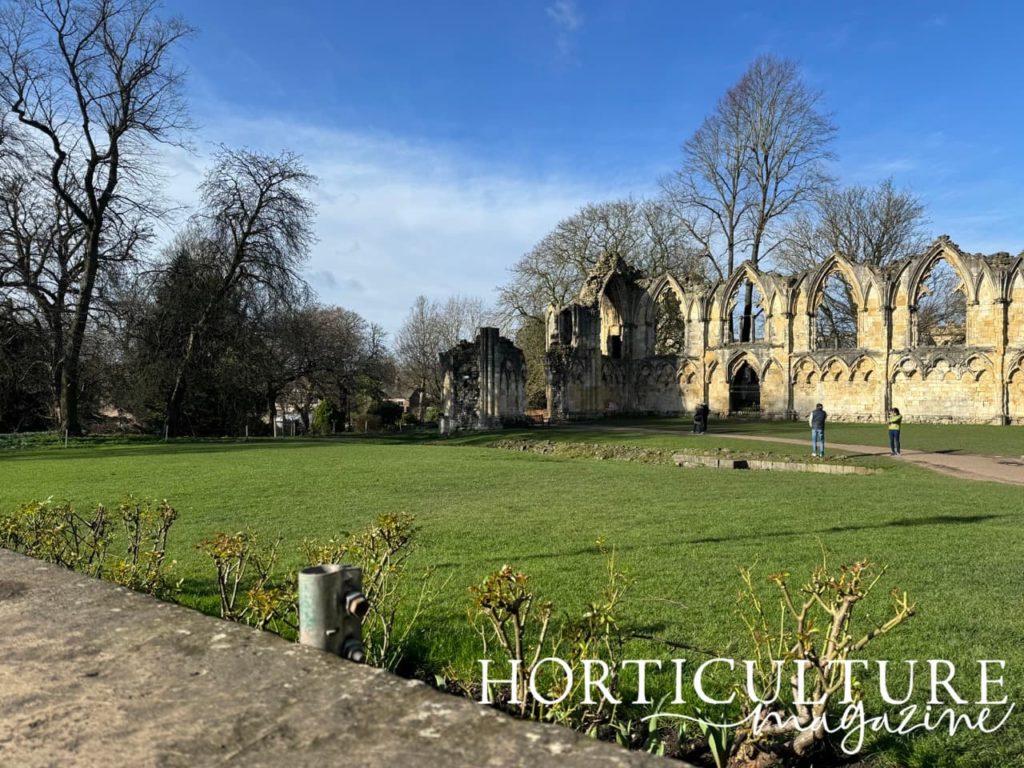
“However, it wasn’t until the 1960s that this space was opened to the public.”
So, what’s the story with those stunning ruins that make the garden what they are?
“The gardens are built on the site of a Benedictine Abbey that was the powerhouse of the North,” Steve explains.
“It was constructed in around 1270 and took around 20 years to complete. It was eventually destroyed by Henry VIII in the 1600s after he abolished the monasteries, but the remains have been preserved and can be seen throughout the grounds today.”
Steve’s Journey Into Gardening
“I grew up with gardening, but after studying Law at university, I ended up working in the insurance industry for a number of years,” Steve shares.
“When I moved into a new home in 2006, I started trying to grow plants in the greenhouse that was on the property. This brought me back to my youth and I decided from there that I wanted to pursue a career in gardening.
“I took a leap of faith, but it was worth it for me as I wanted to be out there in nature doing the work.
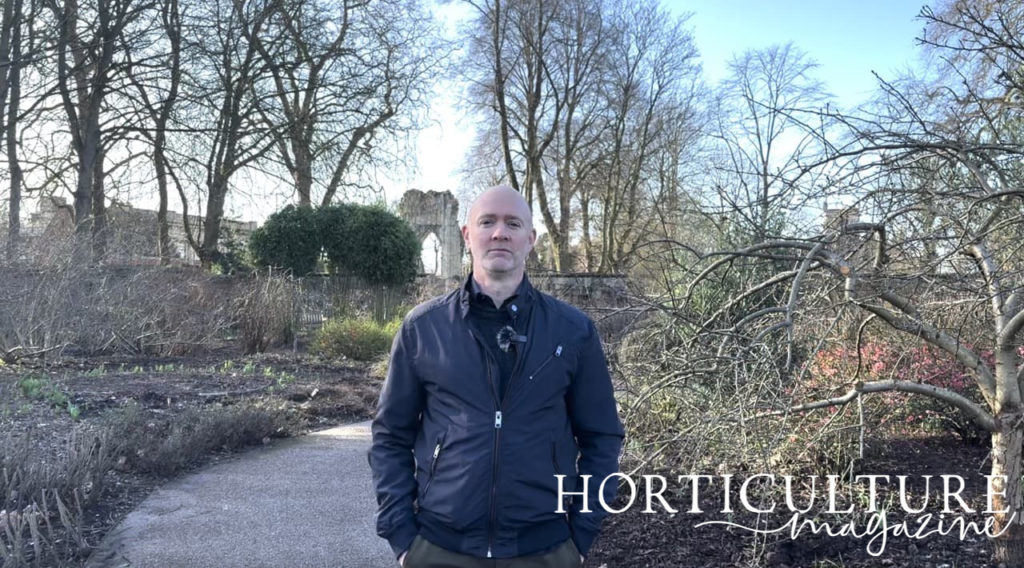
“When you come to things late, you’ve got that real passion for it. I did some work volunteering and self-studied for my qualifications and ended up working at some of the top gardens in the North of England.
“I came in to York Museum Gardens around 2019 and have been working to make some significant changes in the space that I’m really proud of.
“We’re starting to see the garden transform, we’re expanding the garden diversity, we’re gardening in a more environmentally-friendly way, we’re gardening to create a habitat for wildlife and we’re making sure the garden is suitable for the whole community, as we know how important green spaces are to people.”
Touring The Gardens
There are various different gardens within the grounds.
We started on a grassy verge where the largest parts of St Mary’s Abbey remain.
“The footprint around the ruins of the abbey is the most peaceful area of the gardens,” shares Steve.
“Having an open green space just to exist is really important.”

I then followed Steve through an incredible rock garden full of spring bulbs, conifers and succulents.
“The rock garden looks far older than it is and was actually built in the 1980s,” explains Steve.
“When I came in, it was completely overgrown and it wasn’t really a rock garden in the traditional sense. We cleared it out a couple of years ago and added lots of dwarf spring bulbs to extend the season, so it looks particularly great in spring.”
We also wandered through a border by the river surrounded by some lovely shrubs and grasses and past several formal beds full of trees adorned with bulbs at the base.

Finally, we arrived at one of the other hidden areas of the grounds: the fern garden.
If I had to pick a favourite part of the garden, this would have to take first prize, as even in February, all the foliage looked wonderful.
“When I came into the garden, one of my predecessors used lots of the old stone from the ruins and created a fern garden,” says Steve, as he shows me around.
“I thought it was really interesting. There’s a Wollemi pine and a Ginkgo, as well as some tree ferns which we still have wrapped up to protect from any late frosts.”
Putting Wildlife At The Forefront
“I want people to be able to get up close to nature and interact with wildlife, but I also want those areas which are set aside for wildlife where they can find respite,” shares Steve.
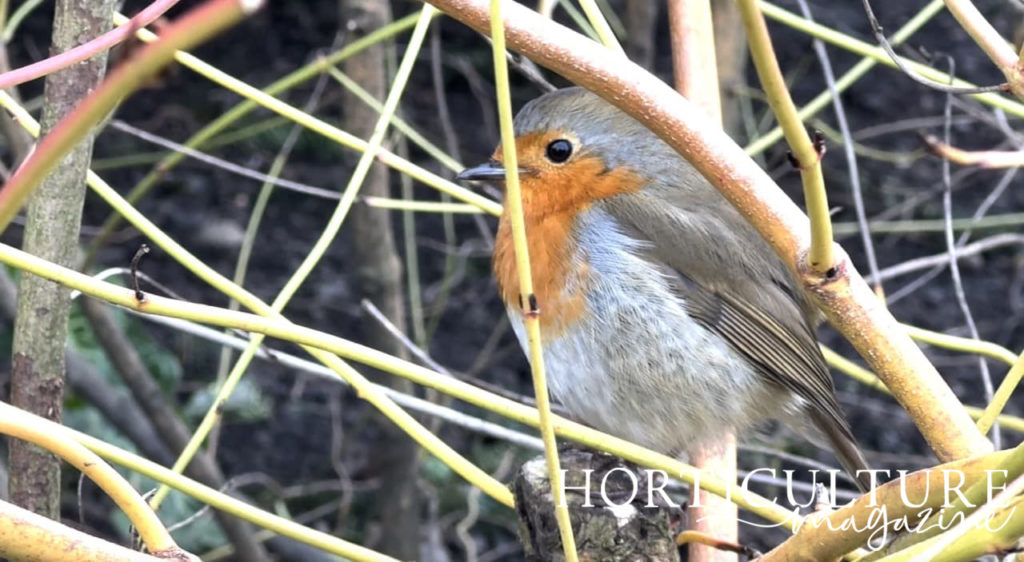
“We’ve made an area next to the rock garden where we’ve been using parts of the garden such as the branch fall to create a permanent bird feeding station.
“We’ve also built a dry hedge which acts as a fantastic five-star bug hotel!”
Spring Highlights
The original garden which surrounds the remains of the Abbey is full of daffodil drifts at this time of year, which were just starting to flower during my February visit.
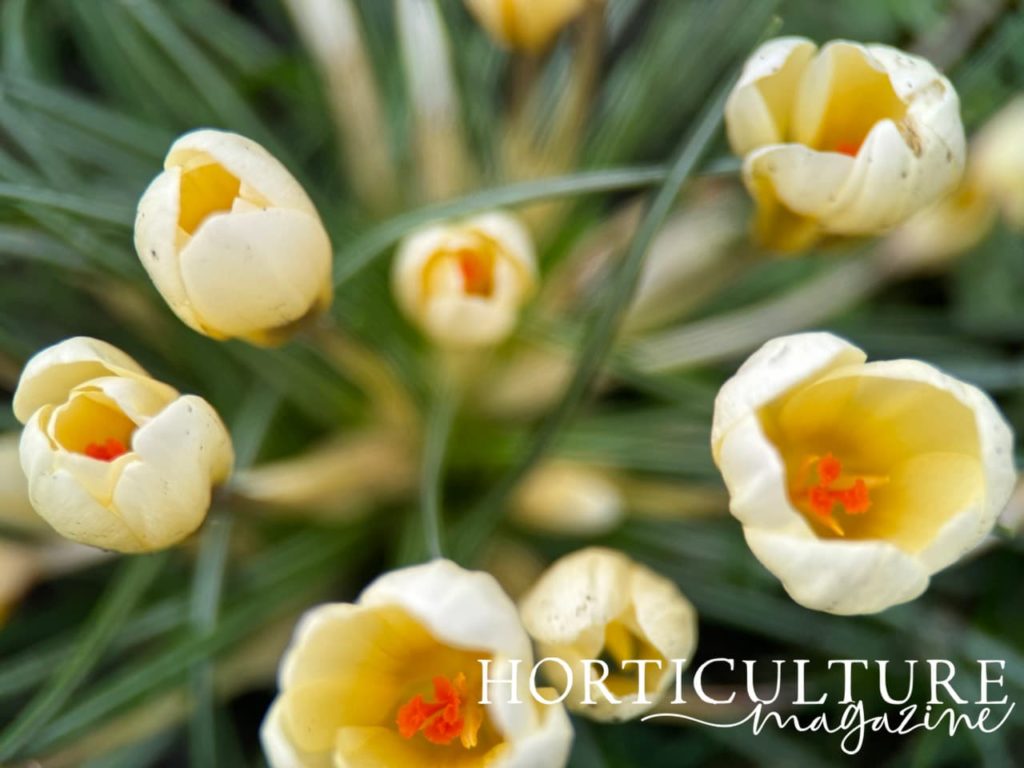
“Areas of the grounds like the edible garden offer great architectural interest at this time of year, as they are stripped back to their bare forms,” says Steve.
“Alongside lots of spring bulbs planted in clusters, I’ve also tried to add some height to each area of the garden to elevate the space and give it that interest in the off season.”
Fancy A Day Out?
“If you’re in York, come and visit!” Steve says.
“Come and speak to me and the team. We’re a charity, so things have been difficult, so if you’re in a position to help, please consider donating to help us continue what we are doing.”
The gardens are free to enter and open almost every day of the year.
You can find out more about the work the York Museums Trust does by visiting their website.

